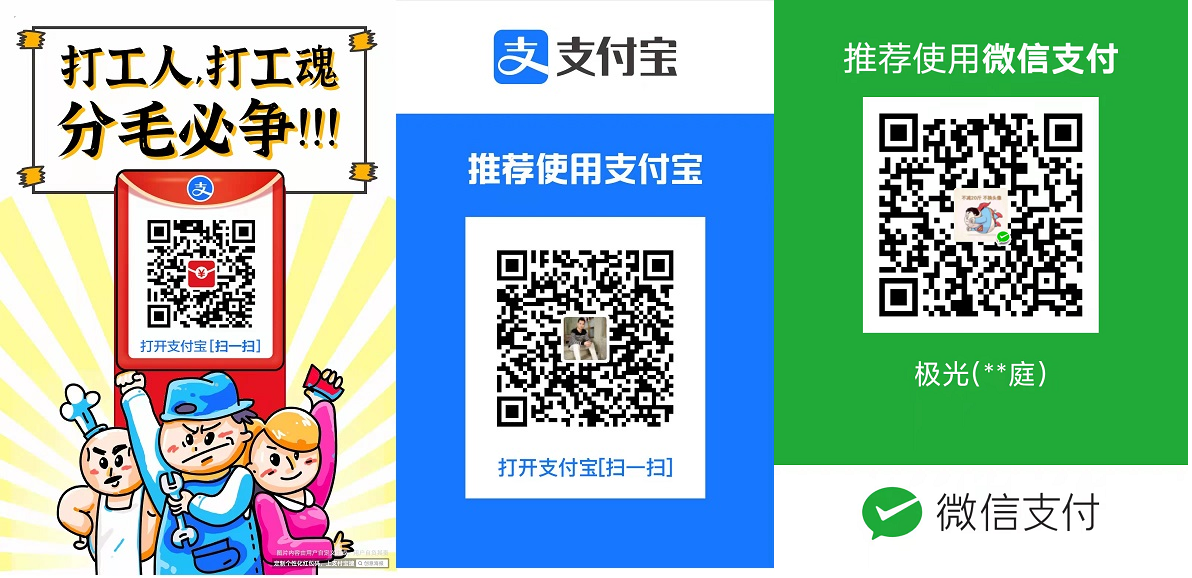烂翻译系列之学习领域驱动设计——第一部分:战略设计
There is no sense in talking about the solution before we agree on the problem, and no sense talking about the implementation steps before we agree on the solution. —Efrat Goldratt-Ashlag
在我们就问题意见达成一致之前讨论解决方案是没有意义的,在我们就解决方案达成一致之前讨论实现步骤也是没有意义的。——埃弗拉特 · 戈尔德拉特-阿什拉格
The domain-driven design (DDD) methodology can be divided into two main parts: strategic design and tactical design. The strategic aspect of DDD deals with answering the questions of “what?” and “why?”—what software we are building and why we are building it. The tactical part is all about the “how”—how each component is implemented.
领域驱动设计(DDD)方法可以分为两个主要部分: 战略设计和战术设计。DDD 的战略方面涉及到回答“是什么”和“为什么”的问题——我们正在开发什么样的软件,以及为什么要开发它。战术部分是关于“怎样做”——如何实现每个部件。
We will begin our journey by exploring domain-driven design patterns and principles of strategic design:
我们将从探索领域驱动设计模式和战略设计原则开始我们的旅程:
- In Chapter 1, you will learn to analyze a company’s business strategy: what value it provides to its consumers and how it competes with other companies in the industry. We will identify finer-grained business building blocks, evaluate their strategic value, and analyze how they affect different software design decisions. 在第1章中,你将学习如何分析一家公司的业务战略: 它为消费者提供了什么价值,以及它如何与同行业的其他公司竞争。我们将识别更细粒度的业务构成,评估它们的战略价值,并分析它们如何影响做出不同的软件设计决策。
- Chapter 2 introduces domain-driven design’s essential practice for gaining an understanding of the business domain: the ubiquitous language. You will learn how to cultivate a ubiquitous language and use it to foster a shared understanding among all project-related stakeholders. 第2章介绍了领域驱动设计中理解业务领域的基本实践: 通用语言。您将学习如何培养一种通用语言,并使用它来促进所有项目利益相关者之间的共识。
- Chapter 3 discusses another domain-driven design core tool: the bounded context pattern. You will learn why this tool is essential for cultivating a ubiquitous language and how to use it to transform 1 discovered knowledge into a model of the business domain. Ultimately, we will leverage bounded contexts to design coarse-grained components of the software system. 第3章讨论了另一个领域驱动设计核心工具: 有界上下文模式。您将了解为什么这个工具对于培养一种通用语言是必不可少的,以及如何使用它将已发现的领域知识转换为业务领域的模型。最终,我们将利用有界上下文来设计软件系统的粗粒度部件。
- In Chapter 4, you will learn technical and social constraints that affect how system components can be integrated, and integration patterns that address different situations and limitations. We will discuss how each pattern influences collaboration among software development teams and the design of the components’ APIs.The chapter closes by introducing the context map: a graphical notation that plots communication between the system’s bounded contexts and provides a bird’s-eye view of the project’s integration and collaboration landscapes. 在第4章中,您将学习影响系统部件集成方式的技术和社会制约,以及处理不同情况和限制的集成模式。我们将讨论每种模式如何影响软件开发团队之间的协作以及部件 API 的设计。本章最后介绍了上下文映射: 一种图形标记法,它描绘了系统有界上下文之间的通信,并提供了项目的集成和协作的鸟瞰图。




 浙公网安备 33010602011771号
浙公网安备 33010602011771号